
Strawberry powdery mildew, caused by the fungus Podosphaera apha nis (syn. Sphaerotheca attacks the leaves, flowers and fruit of strawberry. Symptoms attributed to infection include patches of fungal myc elium, leaf cupping (roll) and the formation of dark red leaf blotches. However, it was not a major pathogen at that time. It has become more of a problem in recent years and can be particularly troublesome in tunnel grown crops if the tunnel environment is not adequately managed. A combination of correct tunnel management, disease monitoring and use of crop protection products is required to maintain control. This adds to the cost of production, but is necessary to avoid the substantial crop losses that can be incurred should powdery mildew infection occur and spread through a crop.
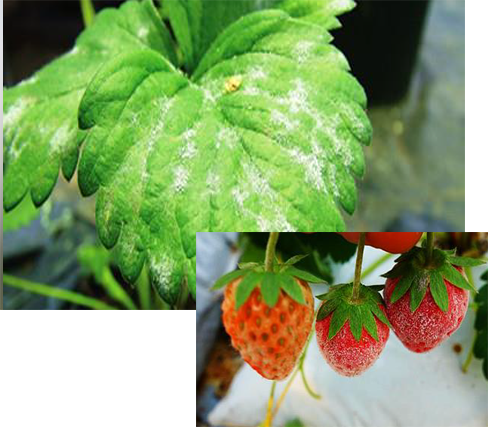
The Symptoms are caused by the fungus Podosphaera aphains, which is an obligate pathogen that must overwinter on diseased strawberry leaves or other alternative hosts. It can also be introduced to the field by infected transplants. Under favorable conditi ons, the fungus resume growth and starts to produce spores, which are spread by the wind to healthy plants. Windy conditions, moderate to high humidity, dry leaf surfaces and temperatures between 15 27 favor its life cycle. As a notable exception in funga l pathogens, the infection and germination process do not require free water. Warm temperatures with high humidity in the strawberry field favors the growth of p owdery mildew on the fruit. Overhead irrigation, rain and dew inhibit the develo- pment and spread of this disease, so this pathogen tends to cause more problems in greenhouses and high tunnels.
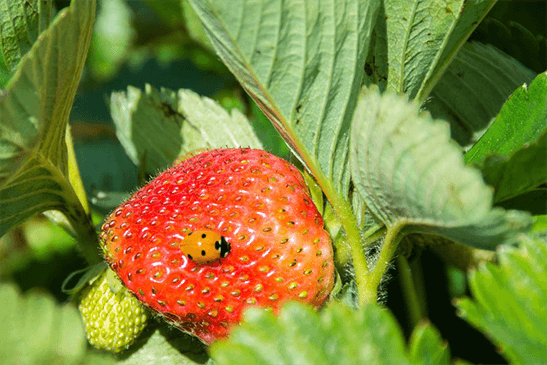
Leaves are curling up at the margins, exposing white patches of fungal coating on the lower leaf surface. The patches may eventually coalesce to cover the entire underside of the leaf. Purple and reddish lesions appear on both side of the leaf lamina, as well as numerous black specks. Infected flowers produc e deformed fruits or no fruits at all. Affected berries display a dull aspect and in severe cases, they may become desiccated, cracked and have a tan to rusty pink appearance. Due to the hairiness of the leaves, the fungal covering is sometimes hard to rec ognize. A hand lens is recommended for this purpose. Heavy powdery mildew infection may result in a serious reduction in photosynthesis, affecting overall plant vigor, fruit production and quality.
Figure 1: Symptoms of leaf cupping soon after infec tion
Figure 2: Characteristic red blotches that appear after infection in some varieties
Figure 3: Typical fungal mycelium seen on leaf caused by powdery mildew
Figure 4: Infected petioles displaying visible mycelium
Figure 5: Mycelium can spread early to ripe fruits
Figure 6 : Infected flower bud with mycelium
Figure7 : I nfected flower with mycelium
Figure 8: Under ripe fruit infected with mycelium Figure 9 Enlarged strawberry seed with conidial chain and hyphae around it.
Always consider an integrated approach with preventive measures together with biological treatment if available. Fungicides containing quinoxyfen, triflumizole, myclobu-tanil, micronized sulfur or azoxystrobim can be applied. However, resistance to fungi cides is an issue with powdery mildew..
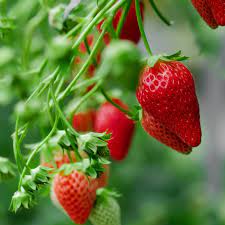
Bio control management is a good way to cope with powdery mildew of strawberry. As a pioneer of agro microbiology in China, Tangsons Biotech has long been devoted to research in the field of bio logical + chemical combined prevention and control methods. The R&D team selected a plant with super strong leaf colonization from more than 20,000 plant samples. The biocontrol strain of the leaf space Trianum V, active ingredient Trichoderma harzianum , which is capable of antago-nizing pathogenic bacteria, is compounded in the prevention and control of leaf and fruit diseases represented by strawberry and grape powdery mildew.
Trianum V biofungicide delivers better yield and improved harvest quality, de signed and created to preventatively for citrus canker, powdery mildew, blight, anthracnose, and other bacteria disease. It increases crop performance by stimulating a plant’s innate ability to fight diseases.
This fungicide offers preventative activity a nd early control of yield robbing diseases that result in increased marketable yield and top profit on every acre.
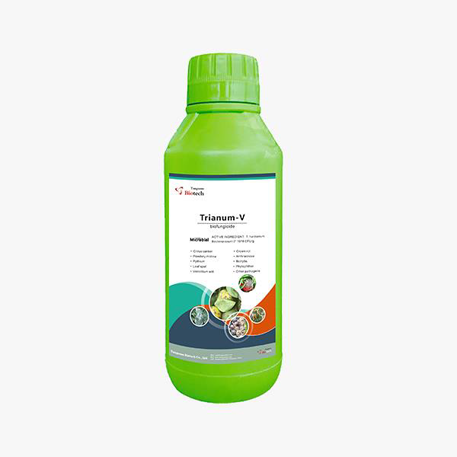
6.1 “One in a million” foliar biocontrol bacteria
Since the number of microorganisms in the leaves of plants is far less tha n that in the rhizosphere, and the growth environment of the leaf surface is far worse than that of the rhizosphere. Therefore, compared with traditional rhizosphere biocontrol bacteria, the research and development of foliar biocontrol bacteria has: devel opment difficulties and technical barriers High, long R&D cycle, large R&D investment, etc., which require extremely high requirements for the overall strength and scientific research level of a company.
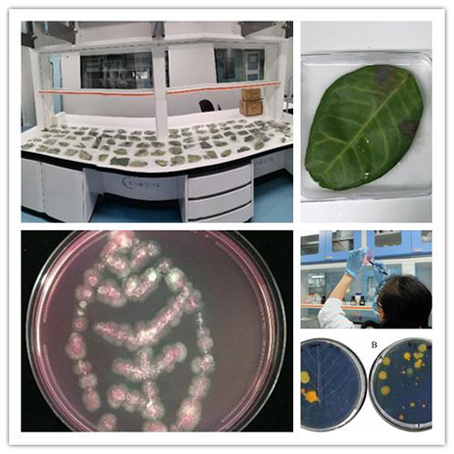
6.2 Strong leaf colonization ability, powerfully contain pathogenic bacteria
As a fo liar bio fungicide , Trianum V can quickly colonize plant leaves, compete with pathogens for nutrition, and recognize, entangle, and parasitize on the hyphae of a variety of fungal pathogens through its strong reparasitic ability. The cell wall hydrolase pen etrates into the pathogenic fungus hyphae and directly “strangles” the pathogenic bacteria.
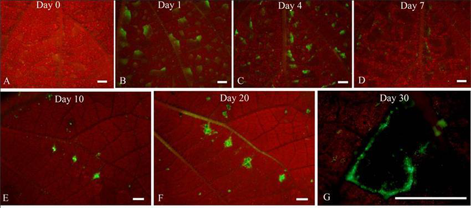
6.3 Systemic Acquired Resistance (SAR) and Induced Systemic Resistance (ISR),
Trianum V also produces abundant antibiotic secondary metabolites during the colonizati on and growth of strawberry leaves. These purely natural antibiotics will not only have no drug resistance problems, but will also delineate a “safe zone” around the leaf stomata, reducing the chance of
pathogen intrusion.
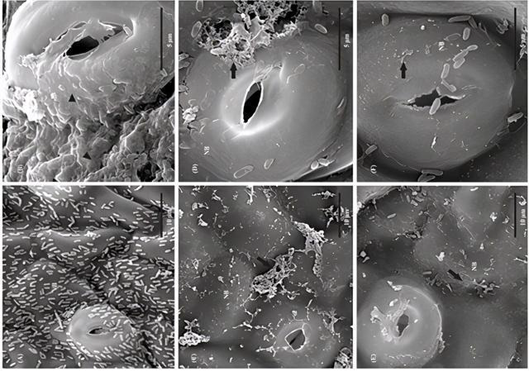
6.4 Abundant metabolites serve as fungal and bacterial growth inhi-
bitors. When Trianum V is applied to a plant, the plant produces elevated levels of specific proteins and other compounds that serve as fungal and bacterial growth inhibitors. These include phytoalexins, cell wall strengtheners, antioxidants, PR proteins and phenolics. This mode of action, called induced systemic resistance, uses as a catalyst for the plant to protect itself.
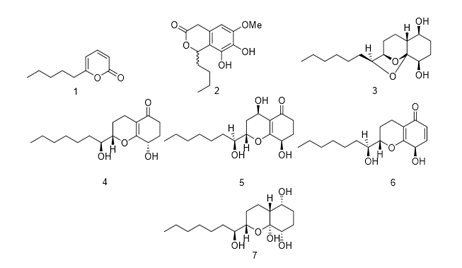
300~500 times dilution , foliar spray, including coverage of the underside of the leaf.
Apply prior to visible disease symptoms or when disease is first noted.
Repeat applications on 7 14 day intervals depending upon cr op growth and disease pressure.
Trianum V biofungicide can be used in rotation or in combination with other fungicides.Tank mix this
product with another fungicide 2 hrs before spray. Do not exceed spray concentration of 1% v/v.
